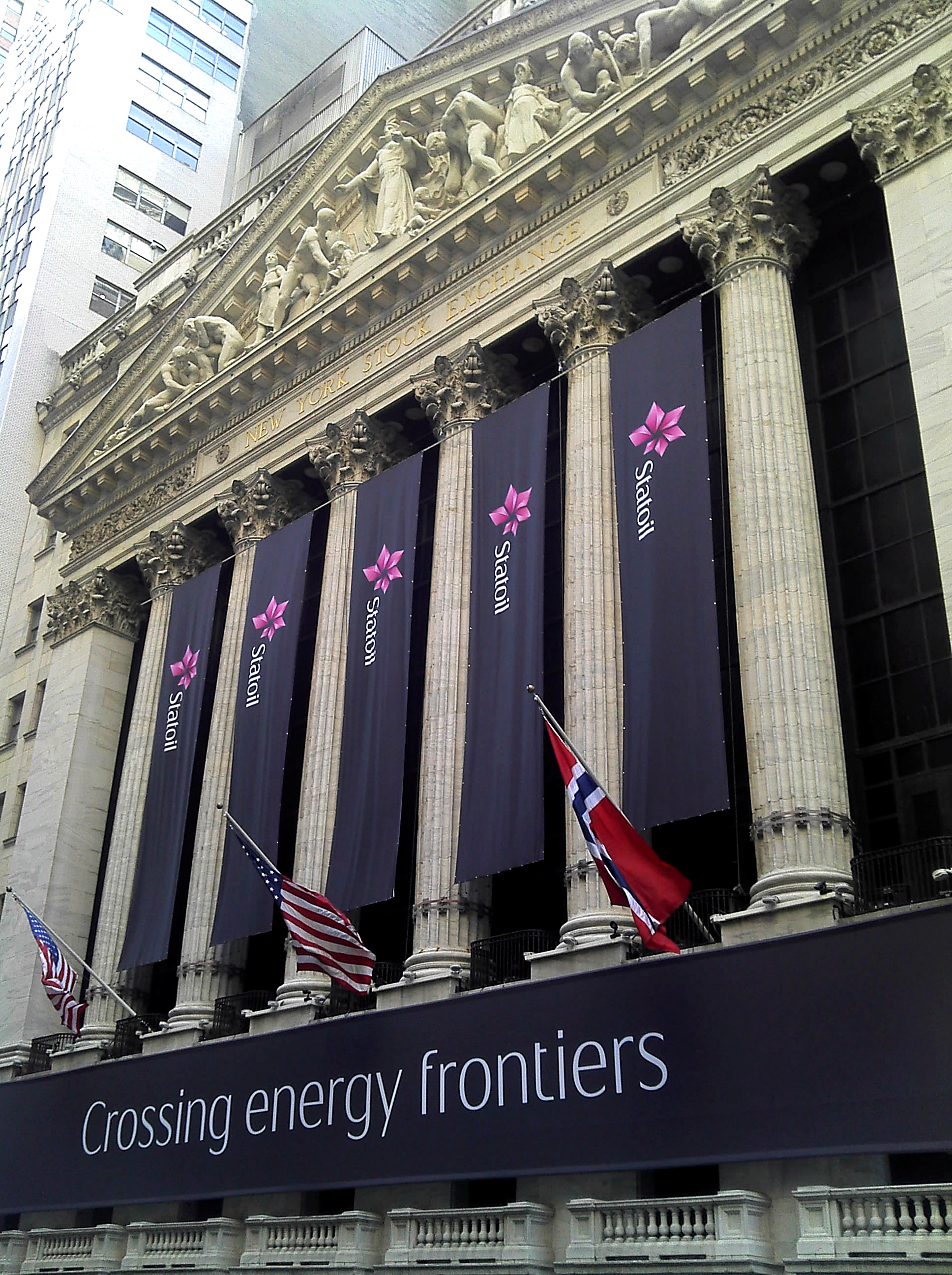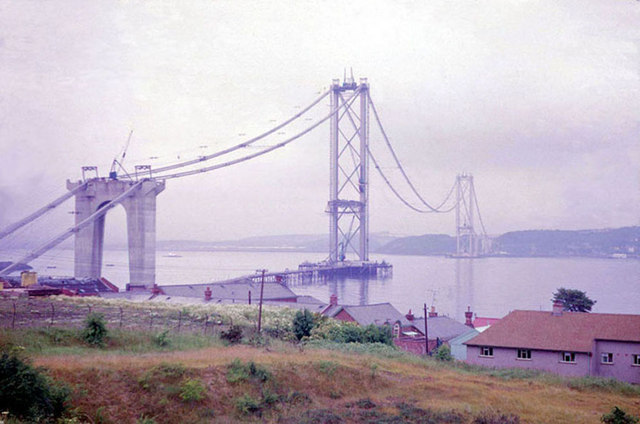|
Cyclone Yoda
Cyclone Berit (also named Cyclone Xaver by the Free University of Berlin) was a very strong European windstorm that formed as a tropical wave near the Lesser Antilles in mid-November 2011. The storm began producing heavy rain and snow over Northern Europe on 24 and 25 November. Scotland saw its first snowfall since March, earlier in the year. The Faroe Islands also reported winds up to and excessive damage. On 25 November, the Norwegian Weather Service named the storm 'Berit'. Another storm, called ''Yoda'', hit Scotland just a day after Xaver. The storm ''Yoda'' was widely known as Lille-Berit (Little-Berit) in Scandinavia, as the Norwegian Weather Service did not issue it with an official name. Meteorological history A low pressure area formed south of the Azores on 21 November, and by the next day, was named Xaver by the Free University of Berlin. On 23 November, the storm passed north-east of the United Kingdom and to the south of the Faroe Islands with a strong ce ... [...More Info...] [...Related Items...] OR: [Wikipedia] [Google] [Baidu] |
European Windstorm
European windstorms are powerful extratropical cyclones which form as cyclonic windstorms associated with areas of low atmospheric pressure. They can occur throughout the year, but are most frequent between October and March, with peak intensity in the winter months. Deep areas of low pressure are common over the North Atlantic, and occasionally start as nor'easters off the New England coast. They frequently track across the North Atlantic Ocean towards the north of Scotland and into the Norwegian Sea, which generally minimizes the impact to inland areas; however, if the track is further south, it may cause adverse weather conditions across Central Europe, Northern Europe and especially Western Europe. The countries most commonly affected include the United Kingdom, Ireland, the Netherlands, Norway, Germany, the Faroe Islands and Iceland. The strong wind phenomena intrinsic to European windstorms, that give rise to "damage footprints" at the surface, can be placed into three cat ... [...More Info...] [...Related Items...] OR: [Wikipedia] [Google] [Baidu] |
Met Office
The Meteorological Office, abbreviated as the Met Office, is the United Kingdom's national weather service. It is an executive agency and trading fund of the Department for Business, Energy and Industrial Strategy and is led by CEO Penelope Endersby, who took on the role as Chief Executive in December 2018 and is the first woman to do so. The Met Office makes meteorological predictions across all timescales from weather forecasts to climate change. History The Met Office was established on 1 August 1854 as a small department within the Board of Trade under Vice Admiral (Royal Navy), Vice Admiral Robert FitzRoy as a service to sailor, mariners. The loss of the passenger vessel, the Royal Charter (ship), ''Royal Charter'', and 459 lives off the coast of Anglesey in a violent storm in October 1859 led to the first gale warning service. FitzRoy established a network of 15 coastal stations from which visual gale warnings could be provided for ships at sea. The new electric tele ... [...More Info...] [...Related Items...] OR: [Wikipedia] [Google] [Baidu] |
Bergen
Bergen (), historically Bjørgvin, is a city and municipality in Vestland county on the west coast of Norway. , its population is roughly 285,900. Bergen is the second-largest city in Norway. The municipality covers and is on the peninsula of Bergenshalvøyen. The city centre and northern neighbourhoods are on Byfjorden, 'the city fjord', and the city is surrounded by mountains; Bergen is known as the "city of seven mountains". Many of the extra-municipal suburbs are on islands. Bergen is the administrative centre of Vestland county. The city consists of eight boroughs: Arna, Bergenhus, Fana, Fyllingsdalen, Laksevåg, Ytrebygda, Årstad, and Åsane. Trading in Bergen may have started as early as the 1020s. According to tradition, the city was founded in 1070 by King Olav Kyrre and was named Bjørgvin, 'the green meadow among the mountains'. It served as Norway's capital in the 13th century, and from the end of the 13th century became a bureau city of the Hanseatic Leag ... [...More Info...] [...Related Items...] OR: [Wikipedia] [Google] [Baidu] |
Skumringslandet
''The Veil of Twilight'' (originally called ''Skumringslandet'') is a Norwegian film written and directed by Paul Magnus Lundø about the investigation of a mysterious serial-killer in a mountain village, set in Norway in the mid 14th century. Cast *Leif Nygaard *Ewen Bremner *Kim Bodnia * Andreas Wilson *Jørgen Langhelle *Kristina Knaben Hennestad *Nils Utsi Nils Reidar Utsi (22 July 1943 – 1 January 2019) was a Norwegian Sámi actor, stage director and film director. Biography He worked for the theatres Den Nationale Scene in Bergen, Hålogaland Teater, which he also cofounded, and Beaivváš S� ... References External links * 2014 films Norwegian crime drama films 2010s Norwegian-language films {{Norway-film-stub ... [...More Info...] [...Related Items...] OR: [Wikipedia] [Google] [Baidu] |
Statoil
Equinor ASA (formerly Statoil and StatoilHydro) is a Norwegian state owned enterprise, state-owned multinational energy company headquartered in Stavanger. It is primarily a petroleum company, petroleum company, operating in 36 countries with additional investments in renewable energy. In the 2020 Forbes Global 2000, Equinor was ranked as the 169th-largest public company in the world. the company has 21,126 employees. The current company was formed by the 2007 merger of History of Statoil (1972–2007), Statoil with the Hydro Oil & Gas, oil and gas division of Norsk Hydro. As of 2017, the Government of Norway is the largest shareholder with 67% of the shares, while the rest is public stock. The ownership interest is managed by the Ministry of Petroleum and Energy (Norway), Norwegian Ministry of Petroleum and Energy. The company is headquartered and led from Stavanger, while most of their international operations are currently led from Fornebu, outside Oslo. The name ''Equinor'' ... [...More Info...] [...Related Items...] OR: [Wikipedia] [Google] [Baidu] |
Clackmannanshire Bridge
The Clackmannanshire Bridge is a road bridge over the Firth of Forth in Scotland which opened to traffic on 19 November 2008. Prior to 1 October 2008 the bridge was referred to as the upper Forth crossing while the name was chosen. Background The increasing levels of traffic using the existing Kincardine Bridge led to a public inquiry being held into options to ease traffic flow over the Forth and around the small town of Kincardine. The Kincardine Bridge was the main access across the river for heavy goods vehicles during stormy weather when the Forth Road Bridge would not allow high-sided vehicles to cross during strong winds. In 2000 proposals were put forward for a number of alternatives, one of which was a new crossing running north-northwest of the existing bridge, bypassing the town of Kincardine altogether. In 2005 the new crossing was given the go-ahead, and construction began in June 2006, with the sod-cutting ceremony performed by the Scottish Transport Minister, Ta ... [...More Info...] [...Related Items...] OR: [Wikipedia] [Google] [Baidu] |
Friarton Bridge
The Friarton Bridge is a steel box girder bridge with a concrete deck, across the River Tay on the southeastern outskirts of Perth, Scotland. It is located approximately upstream of the Tay Road Bridge. Design The bridge was constructed by the Cleveland Bridge & Engineering Company with Miller Group as the foundation and concrete sub-contractor, while it was designed by Freeman Fox & Partners, with the team being led by Dr Oleg Kerensky and the resident engineer H Binnie. The site manager for Cleveland was J Robinson and for Miller it was R Gormley. The bridge consists of a pair of steel box girders (one under each carriageway) wide overlaid by a lightweight concrete deck. The bridge is long, with a river span of . The river span provided a head room for a width of of the wide navigation channel. The boxes vary in depth between , with the deeper section located close to the river. It forms part of the eastern spur of the M90 between junctions 10 (Craigend) and 11 (B ... [...More Info...] [...Related Items...] OR: [Wikipedia] [Google] [Baidu] |
Erskine Bridge
The Erskine Bridge is a multi span cable-stayed box girder bridge spanning the River Clyde in west central Scotland. The bridge connects West Dunbartonshire with Renfrewshire and can be used by all types of motor vehicles, cyclists and pedestrians. As well as crossing the Clyde, the bridge also crosses the Forth and Clyde Canal and the North Clyde railway line. A small part of Kilpatrick railway station is situated underneath the bridge at the north side. The bridge is part of the A898 road. On completion the bridge replaced the Erskine to Old Kilpatrick ferry service. Construction The bridge was designed by William Brown (1928–2005), a structural engineer and bridge designer who specialised in suspension bridges. He was one of the principal designers at Freeman Fox & Partners (now Hyder Consulting) from 1956-85. Supervising engineer on the project was Oleg Kerensky and the architect on site was R.E. Slater. There were several firms who constructed the bridge between 1967 ... [...More Info...] [...Related Items...] OR: [Wikipedia] [Google] [Baidu] |
Tay Road Bridge
The Tay Road Bridge ( gd, Drochaid-rathaid na Tatha) carries the A92 road across the Firth of Tay from Newport-on-Tay in Fife to Dundee in Scotland, just downstream of the Tay Rail Bridge. At around , it is one of the longest road bridges in Europe, and was opened in 1966, replacing the old Tay ferry. Construction As part of the modernisation projects of the 1950s, a road bridge across the Tay had been considered for several years. In August 1958 a traffic census was undertaken and test bores were taken in order to establish the most suitable location for a bridge crossing. Despite government opposition to the project, local lobbying, led by Dundee businessman Sir Douglas Hardie, brought a final agreement to the cost of the project. The bridge was designed by consulting engineers WA Fairhurst & Partners of Glasgow and Dundee, under the direct supervision of the firm's founding partner, civil engineer William Fairhurst. Construction began in March 1963 with the infilling of W ... [...More Info...] [...Related Items...] OR: [Wikipedia] [Google] [Baidu] |
Skye Bridge
The Skye Bridge ( gd, Drochaid an Eilein Sgitheanaich) is a road bridge over Loch Alsh, Scotland, connecting the Isle of Skye to the island of Eilean Bàn. The name is also used for the whole Skye Crossing, which further connects Eilean Bàn to the mainland across the Carrich Viaduct. The crossing forms part of the A87. Traditionally, the usual route from the mainland to Skye was the shortest crossing, with a length of around , across the sound between the villages of Kyle of Lochalsh on the mainland and Kyleakin on the island's east coast. A ferry service operated from around 1600, run by private operators and latterly by Caledonian MacBrayne. Background Road and rail connections to Kyle of Lochalsh were constructed towards the end of the 19th century and various parties proposed building a bridge to the island. Although the engineering task was well within the capability of the age (the crossing is shorter and shallower than that bridged by the Forth Bridge), the island' ... [...More Info...] [...Related Items...] OR: [Wikipedia] [Google] [Baidu] |
Forth Road Bridge
The Forth Road Bridge is a suspension bridge in east central Scotland. The bridge opened in 1964 and at the time was the longest suspension bridge in the world outside the United States. The bridge spans the Firth of Forth, connecting Edinburgh, at South Queensferry, to Fife, at North Queensferry. It replaced a centuries-old ferry service to carry vehicular traffic, cyclists and pedestrians across the Forth; railway crossings are made by the nearby Forth Bridge, opened in 1890. The Scottish Parliament voted to scrap tolls on the bridge from February 2008. The adjacent Queensferry Crossing was opened in August 2017 to carry the M90 motorway across the Firth of Forth, replacing the Forth Road Bridge which had exceeded its design capacity. At its peak, the Forth Road Bridge carried 65,000 vehicles per day. The Forth Road Bridge was subsequently closed for repairs and refurbishment. It reopened in February 2018, now redesignated as a dedicated Public Transport Corridor, with acc ... [...More Info...] [...Related Items...] OR: [Wikipedia] [Google] [Baidu] |
Gondola Lift
A gondola lift is a means of cable transport and type of aerial lift which is supported and propelled by cables from above. It consists of a loop of steel wire rope that is strung between two stations, sometimes over intermediate supporting towers. The cable is driven by a bullwheel in a terminal, which is typically connected to an engine or electric motor. It is often considered a ''continuous system'' since it features a haul rope which continuously moves and circulates around two terminal stations. In contrast, an aerial tramway operates solely with fixed grips and simply shuttles back and forth between two end terminals. The capacity, cost, and functionality of a gondola lift will differ dramatically depending on the combination of cables used for support and haulage and the type of grip (detachable or fixed). Because of the proliferation of such systems in the Alps, the it, Cabinovia and french: Télécabine are also used in English-language texts. The systems m ... [...More Info...] [...Related Items...] OR: [Wikipedia] [Google] [Baidu] |




.jpg)



